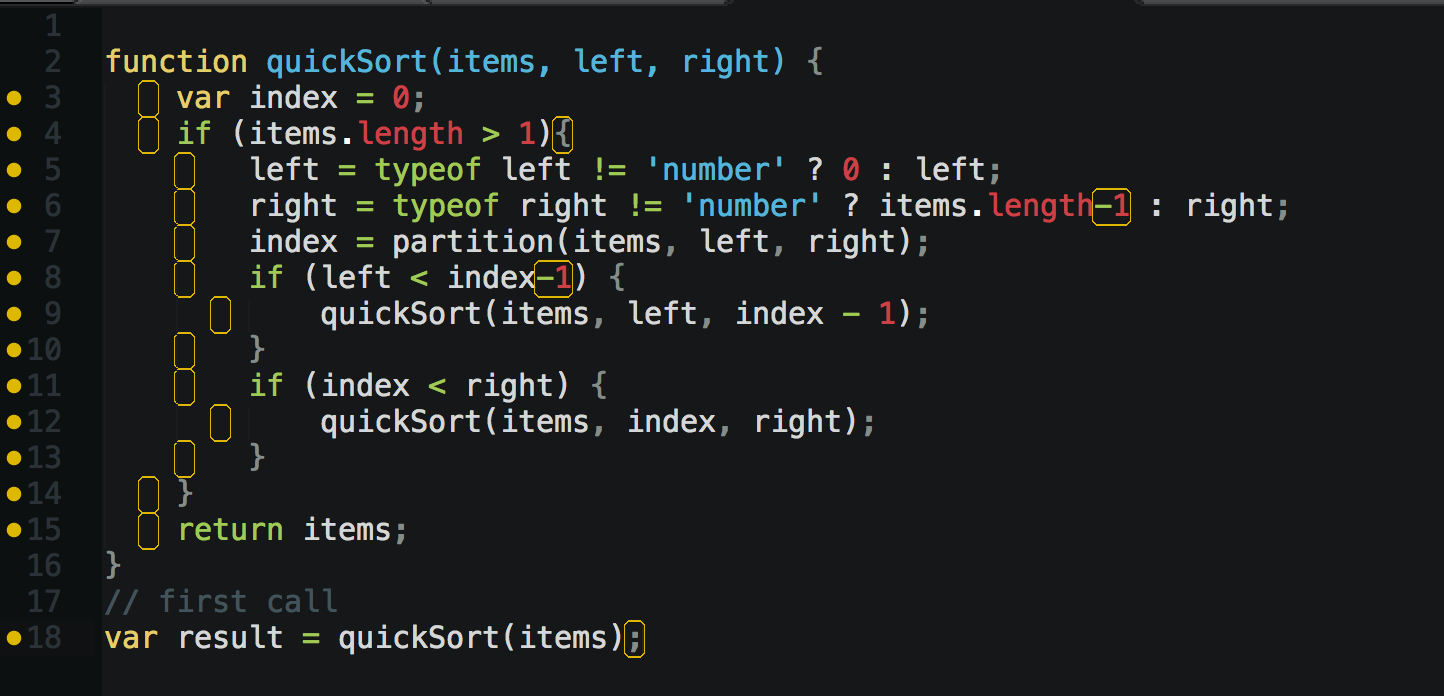

- #ITIMER JAVASCRIPT CODE WITH USERNAME AND PASSWORD FOR CAFE FULL#
- #ITIMER JAVASCRIPT CODE WITH USERNAME AND PASSWORD FOR CAFE SERIES#
- #ITIMER JAVASCRIPT CODE WITH USERNAME AND PASSWORD FOR CAFE FREE#
Opponents respond to a Trump Administration proposal to rescind gainful employment regulations, representatives of various interest groups testify at a U.S. Some states seek workforce requirements for certain Medicaid recipients, a challenge is mounted to stop an expansion of short-term health insurance plans, and savings are produced by accountable care organizations. Read MoreįISCAL YEAR 2019 FUNDING PICTURE BRIGHTENSįor the first time in 15 years, Congress manages to complete a funding package for health and education prior to the start of the next fiscal year on October 1. Read MoreĬharles Gulas, Dean of the Walker College of Health Professions at Maryville University of Saint Louis, is featured in this issue of TRENDS.
#ITIMER JAVASCRIPT CODE WITH USERNAME AND PASSWORD FOR CAFE FULL#
Patient-centered care is an important aspect of service delivery, but more efforts are needed to achieve its full potential. More Articles from TRENDS September 2018 FULFILLING A QUEST FOR PATIENT-CENTERED CARE Third, America’s spendthrift health care system is particularly problematic because it leads the political process to medicalize problems such as poverty, lack of education, and substandard housing while over-investing in medical care and under-investing in non-medical social services that would be less costly, more effective, and more accessible to disadvantaged segments of the population. Department of Justice and the Federal Trade Commission should pursue longer-term strategies intended to reverse the distortions currently burdening competition. Second, in addition to continuing routine enforcement of the antitrust laws, the U.S. First, the various ideological “brands” associated with national health reform must realign themselves to the task of facilitating decentralized, incremental improvement rather than asserting a national political consensus on setting limits. Noting that the United States wastes a vast amount of money each year on ineffective, overpriced, poorly delivered, and inaccessible medical care, the author offers three lessons that seem most important to summarize. While most of these provisions were well-intentioned when developed, this “deep legal architecture” now serves mainly to prevent meaningful competition in medical markets and to distort or limit collective investment in the nation’s health. health care into inefficient, unfair patterns and practices. The answer to why there has been a lack of significant progress lies in large part to an accumulation of laws, regulations, self-regulatory practices, and financial subsidies which locks U.S. For nearly as long, steps that might improve that performance have been identified, but little has changed. Its author, William Sage, indicates that beginning over 20 years ago, the poor performance of the American health care system has been slowly revealed.
#ITIMER JAVASCRIPT CODE WITH USERNAME AND PASSWORD FOR CAFE SERIES#
A contrasting account can be found in a paper in the University of Texas Public Law & Legal Theory, Research Paper Series (#581), which will be a chapter in a book scheduled for publication in 2019.
#ITIMER JAVASCRIPT CODE WITH USERNAME AND PASSWORD FOR CAFE FREE#
A typical analysis shows that lacking a public commitment to universal health care, this nation instead is a product of bio-scientific free enterprise – technologically sophisticated, extremely expensive, but inaccessible to the poor. is assigned low grades based on the amount of money spent on health care and the results that are achieved. Compared to other western nations, the U.S.


 0 kommentar(er)
0 kommentar(er)
